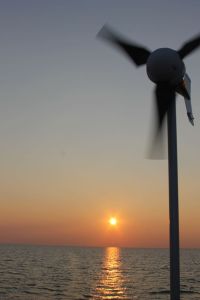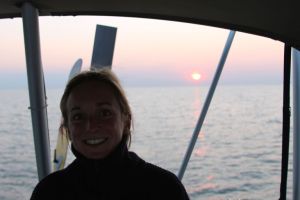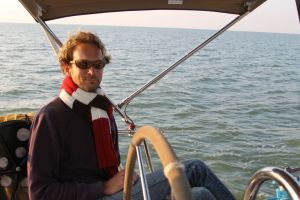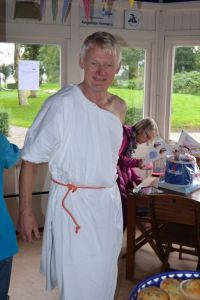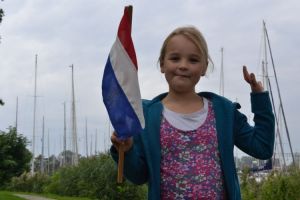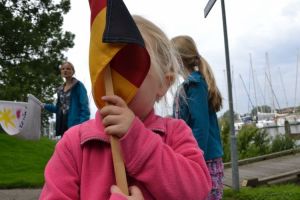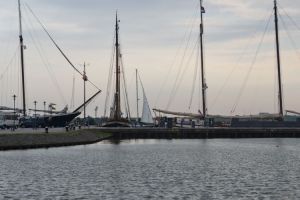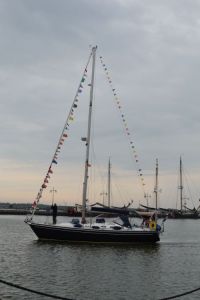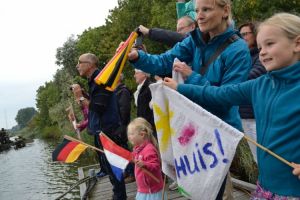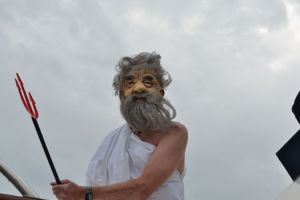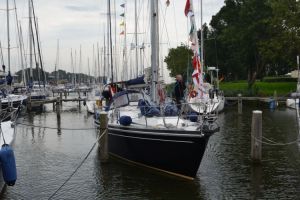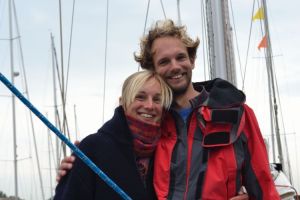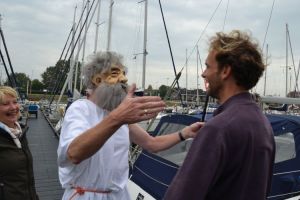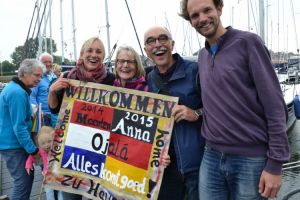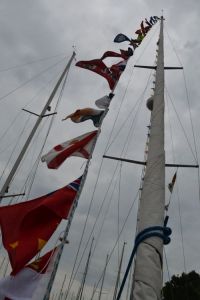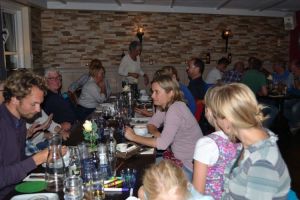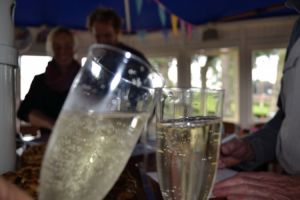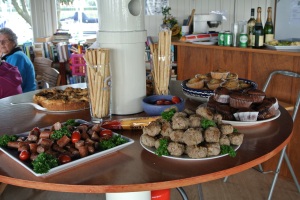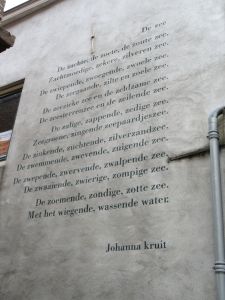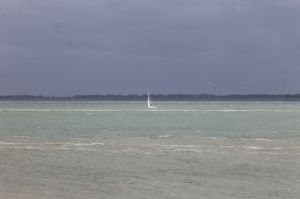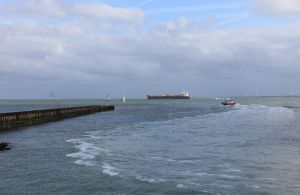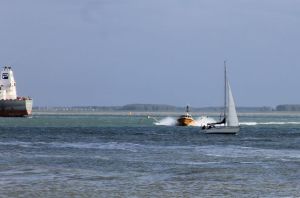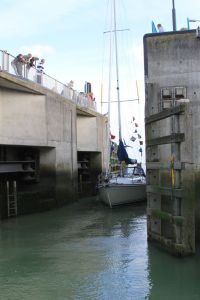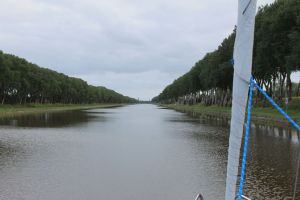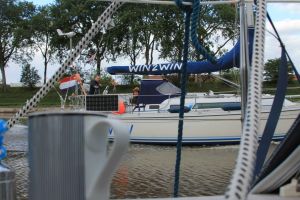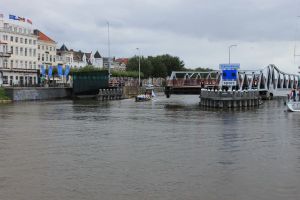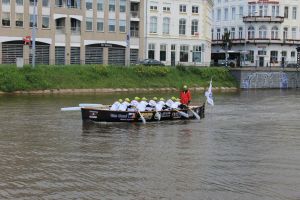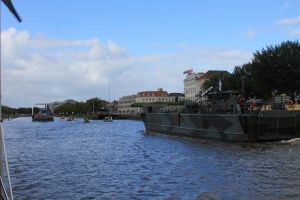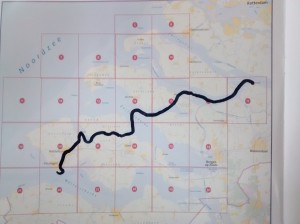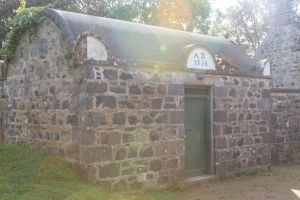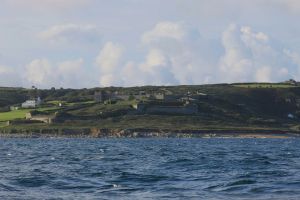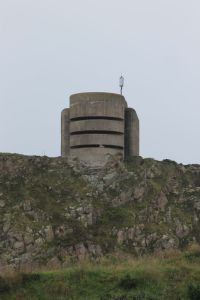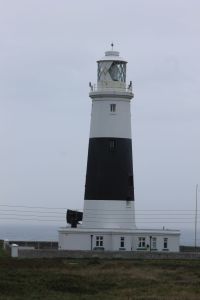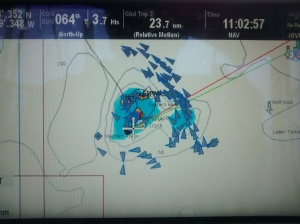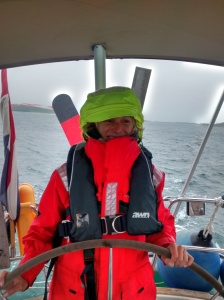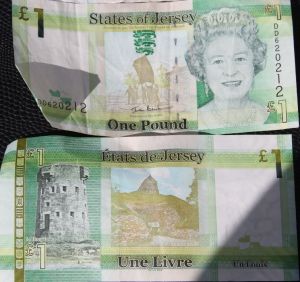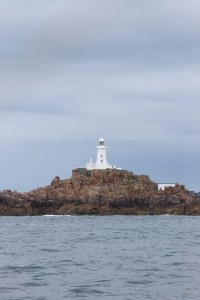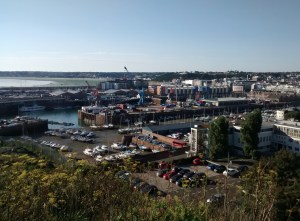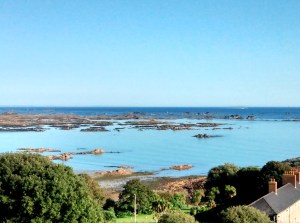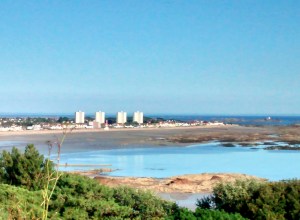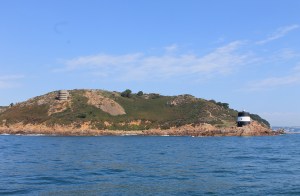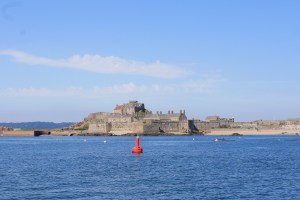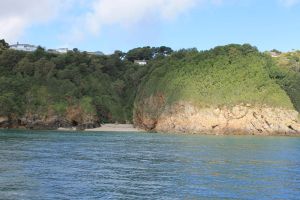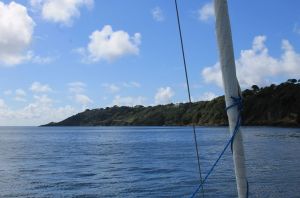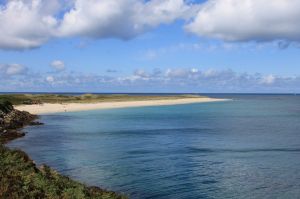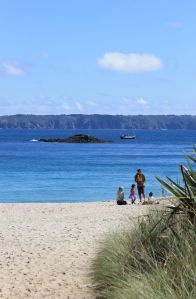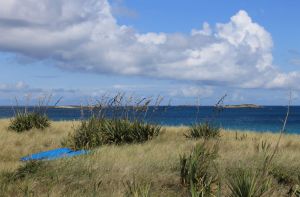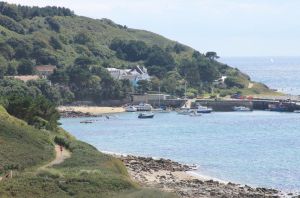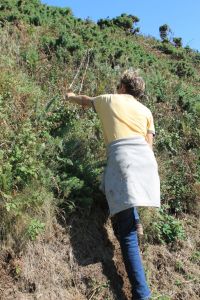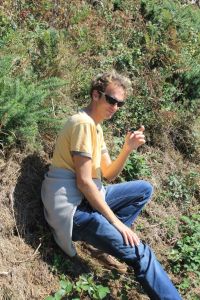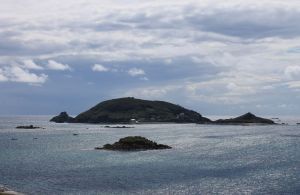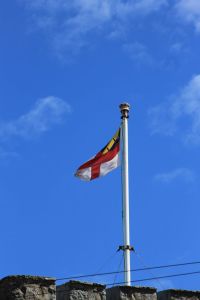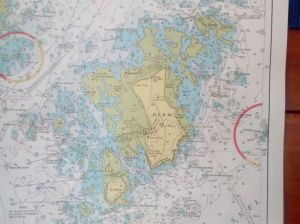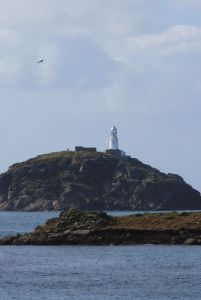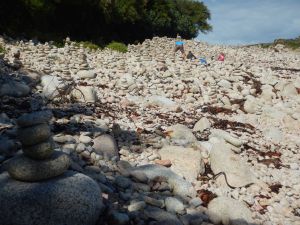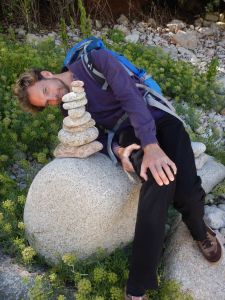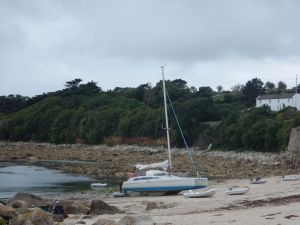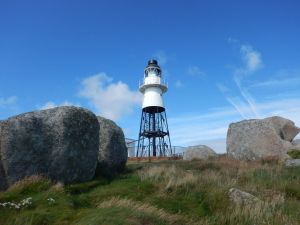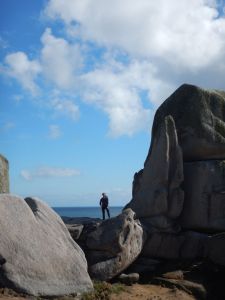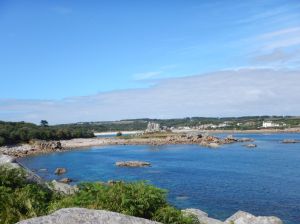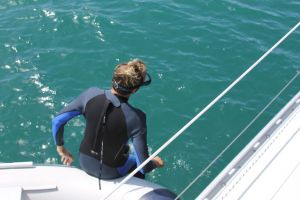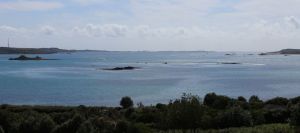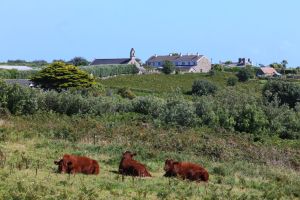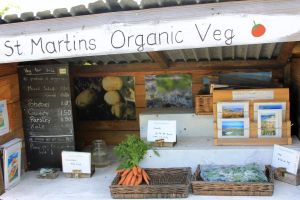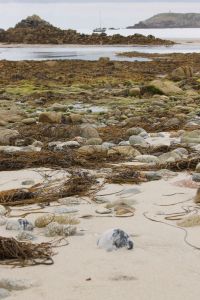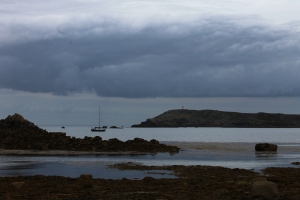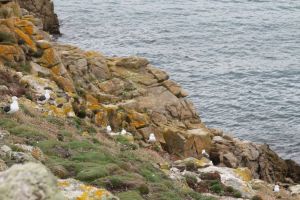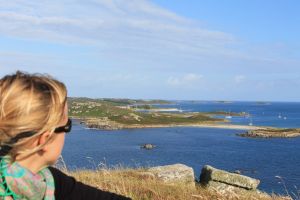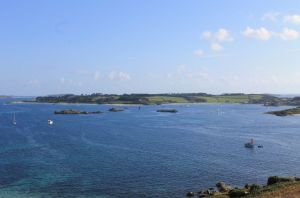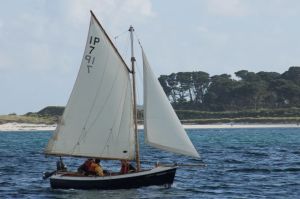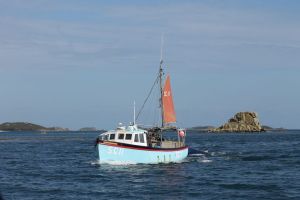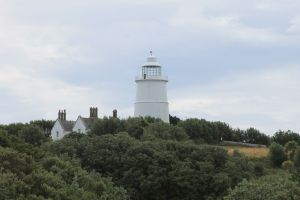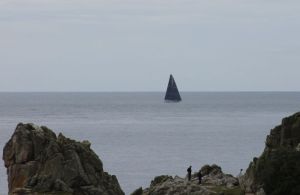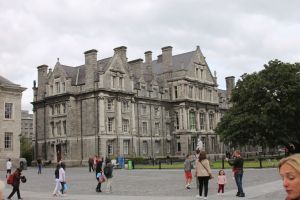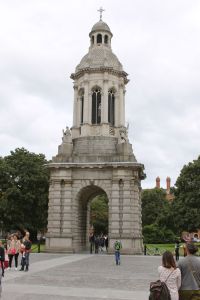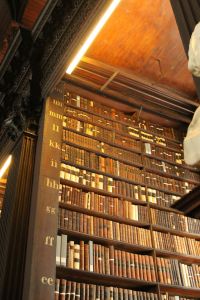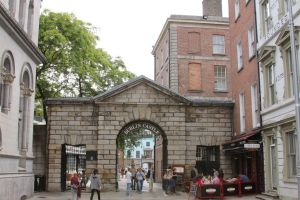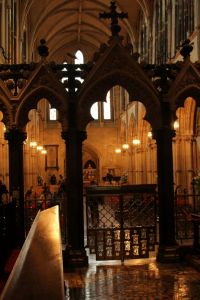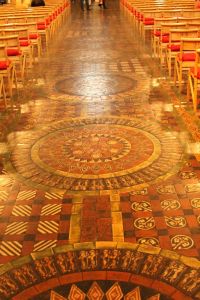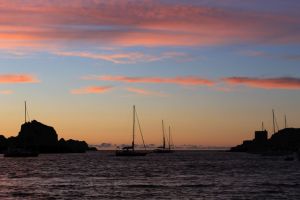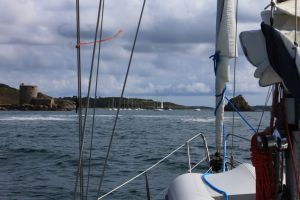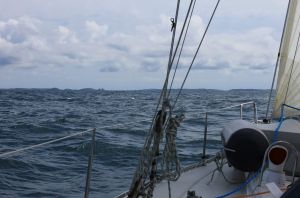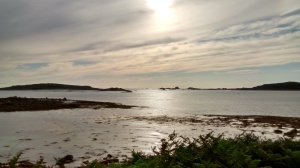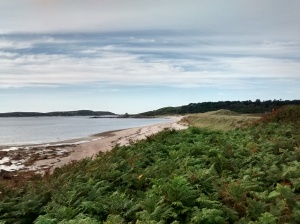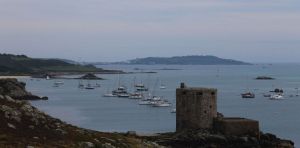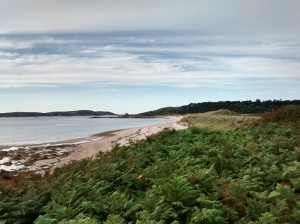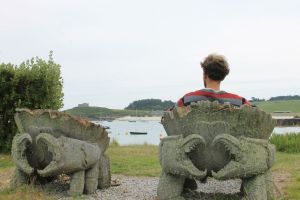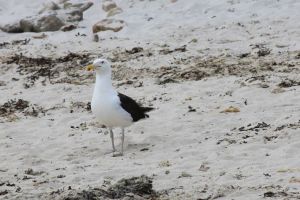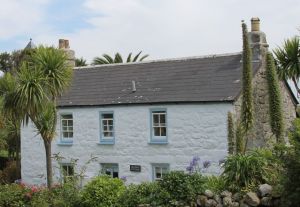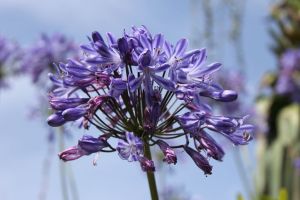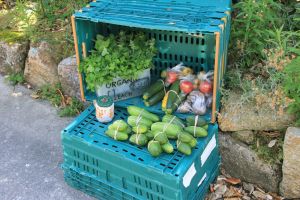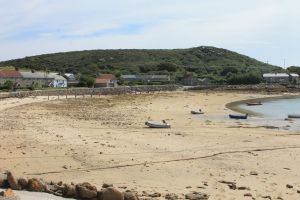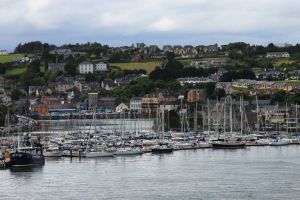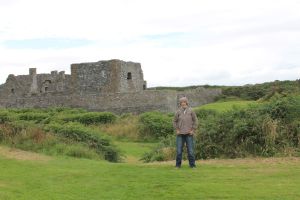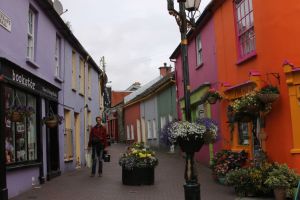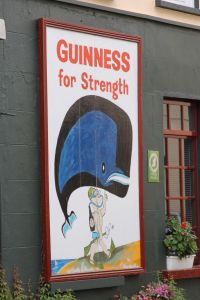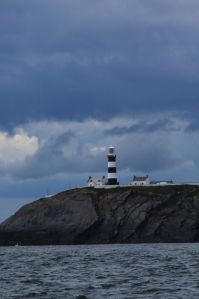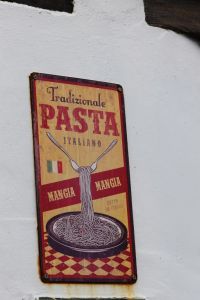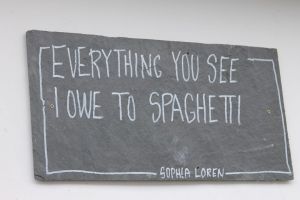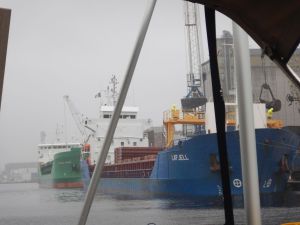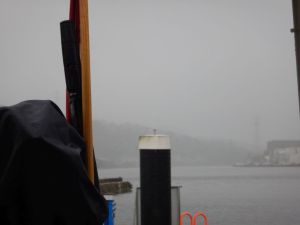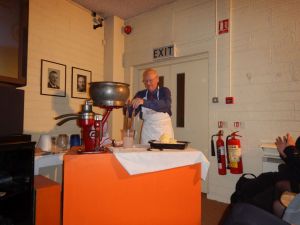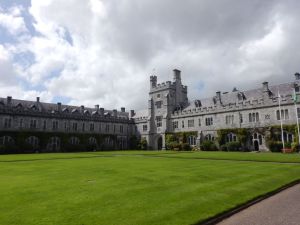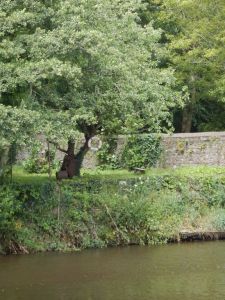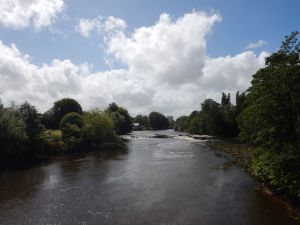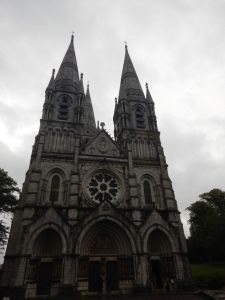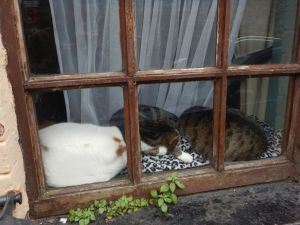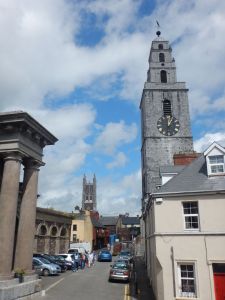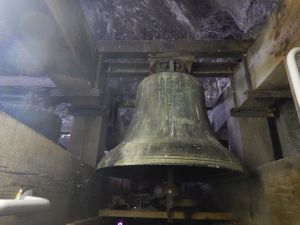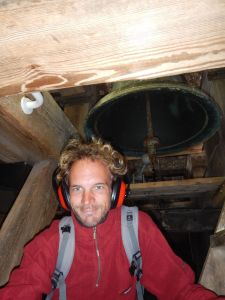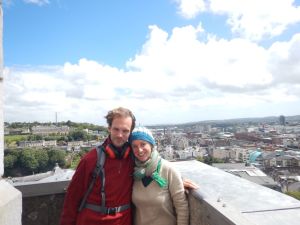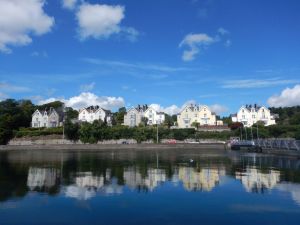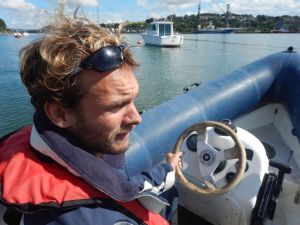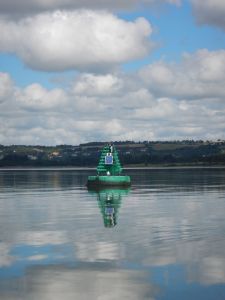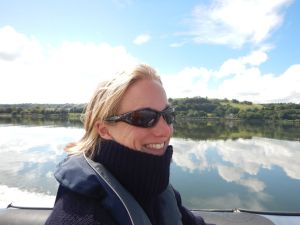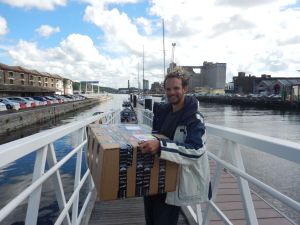After 13400 nautical miles, Ojalá has found her way home.
It seems she really felt like it, because during the last days, she tacked like a racing boat on the North Sea, and with the wind blowing from behind on the Ijsselmeer, we had to decrease sail to make sure we didn’t arrive at the harbour too early.
There might be people who think that the last week of our trip could have been boring, because we were already so close to home, but this is everything but true. A few more words on this will follow at the end of this blog, only for those who do not mind reading “smell sensitive” issues.
How to sum up the last week:
- feeling welcome in the Netherlands and celebrating with dear friends. After the welcome Maarten’s parents had already given us in Vlissingen, we had barely moored in Scheveningen when we heard someone shout “Ojalá” on shore: our dear friends from White Witch and Marleen were standing there and waiting for us! A lovely afternoon with coffee, wine and dinner followed!
- Sailing home against the wind: since we left Stellendam, the wind had decided to stay on the nose: we had to tack to Scheveningen, then to Ijmuiden, then to Muiderzand, and then to Lelystad where we arrived just before nightfall to spend our last night “on the road”. At last, during our last trip to Enkhuizen, Ojalá enjoyed a relaxed ride with the wind from behind.
And then, the big day:
On Saturday, the big day had come: just as promised, at 13:30, we arrived at the Buyshaven where a crazily shouting crowd was waiting for us. Even god Neptune had taken the effort to come down from heaven and welcome Ojalá in her home port. What a privilege!
The welcome couldn’t have been better: from good wishes, welcome posters, champagne, great food and of course the much needed hugs from family and friends – everything was there! Clearly, our parents and friends had done the best job ever to ensure we had a great welcome. Indeed, there was not a second to be sad about the fact that our trip had ended, we were just too happy to see everyone. But, in fact, we got so many care packages (with liquid and solid ingredients) that we could just leave again now for another trip 🙂
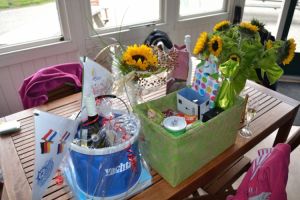
we could just leave again – after all the care packages we got, Ojalá’s storage is full of delicatessen again
Apart from all the celebrations, our guests also had to work hard: we had prepared a quiz on the content displayed on our blog during the past 15 months. But of course, for our loyal blog readers, there was not much difficulty to respond to the questions and soon afterwards, the winners were enjoying amazing prices, such as a tin of condensed milk (ideal to prepare dessert AND to prepare a trap for cockroaches…).
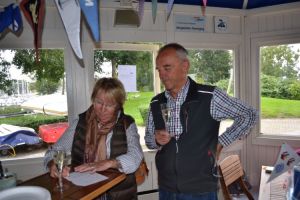
serious moments during the Party – guests on the way to their quiz Price: two ice cold beers, freshly brought from the Azores
On Sunday, the celebrations continued and Maarten’s nieces requested a ride on Ojalá on the Ijsselmeer. Luckily, the weather gods treated us gently and while we were moving with 1.5-4 knots of speed in 1-3 beaufort of wind the two young ladies AND her parents were happy.
Since yesterday, the after-trip reality has started again: the “klus lijst” has grown longer and longer. From equipment we want to sell over normal maintenance, smaller and bigger repairs, and of course, finally, the resolution of the shroud mystery (we seem to be on a good path now!!!): a lot needs to be done to prepare Ojalá not only for the winter storage but also for the next years.
At the same time, while Ojalá has returned to her home harbour, it might still take a while until we have moved into a new home… Given that we both do not have a job at this moment, we do not want to move in somewhere “in transit” but we will continue living on our floating house for as long as we can (before she stops floating) and hope that we will only move once we know where we will end up working. Ideally, this time, we manage to do so the same country or even the same city. We do not know anything yet, but following the motto of the trip we are both convinced that “alles komt goed”!
But from now on, life will be less about adventures, white beaches, turquoise waters, turtles and sun. Slowly but surely, we will be returning to “normal life”, keeping the experience and adventures we lived through within us. To avoid any doubt, the weather during the past 48 hours has been force 6-7 in the harbour, constant rain and sometimes thunderstorms…
This means, this will be the last blog entry we write. While the Ojalaenkhuizen blog will remain online for whom ever is interested to read about our past experience, don’t be surprised if you do not read any further news from now on. We will continue sailing Ojalá but distances and time will probably decrease considerably.
As we already said to those that welcomed us in Enkhuizen:
This is the moment to thank all those that have followed our blog, who have commented or who have told us through personal conversations or emails how much they enjoyed reading about our adventure. This continued to be a big motivation for us to keep reporting throughout our trip! We hope that we allowed you to live with us, and maybe to survive a tiny bit better during a windy, grey, rainy day. THANK YOU!!!!!
And finally, the smell sensitive details:
For anyone who is reading the blog while preparing a trip him/herself: While we were reading different books and blogs during the preparations of our trip, we only read one book where someone recommended that the exchange/renewal of all hoses linking the toilet with the outside world was an important task, in order to avoid constipation of the toilet while the crew was sailing on the ocean. For all the rest of the sailors, this either didn’t seem to be a problem or no one wanted to talk about it. Therefore, we will now change the statistics – hopefully to the benefit of those who are preparing a trip today.
On Ojalá, the pump linking the toilet waste water tank with the outside world had been living its last moments for a while, but we had hoped that it would still survive all the way to Enkuizen. All went well, until two days before arrival when Maarten suddenly came on deck while we were sailing, and said: “Anna the pomp is dead”. This meant that during the next 2 days we wouldn’t have a working toilet on board. Not a problem in harbours, the challenge would certainly come up during the day whenever we would be sailing from one place to the other. Trying to think of the location of all chandleries around the Ijsselmeer from the months when we had been preparing the trip, we remembered a big shop in Almere – a harbour just a few miles from where we were sailing. As always – it seems – during this trip, we were lucky while being unlucky and could buy not only a new pump but also new hoses during the shop which Maarten then all installed during a very long half day, exposed to what was probably the worst smell during the whole trip. I considered awarding him with a medal for the toughest toilet cleaner ever! Certainly, we will never leave on a trip again without checking/or changing all type of hoses beforehand!
